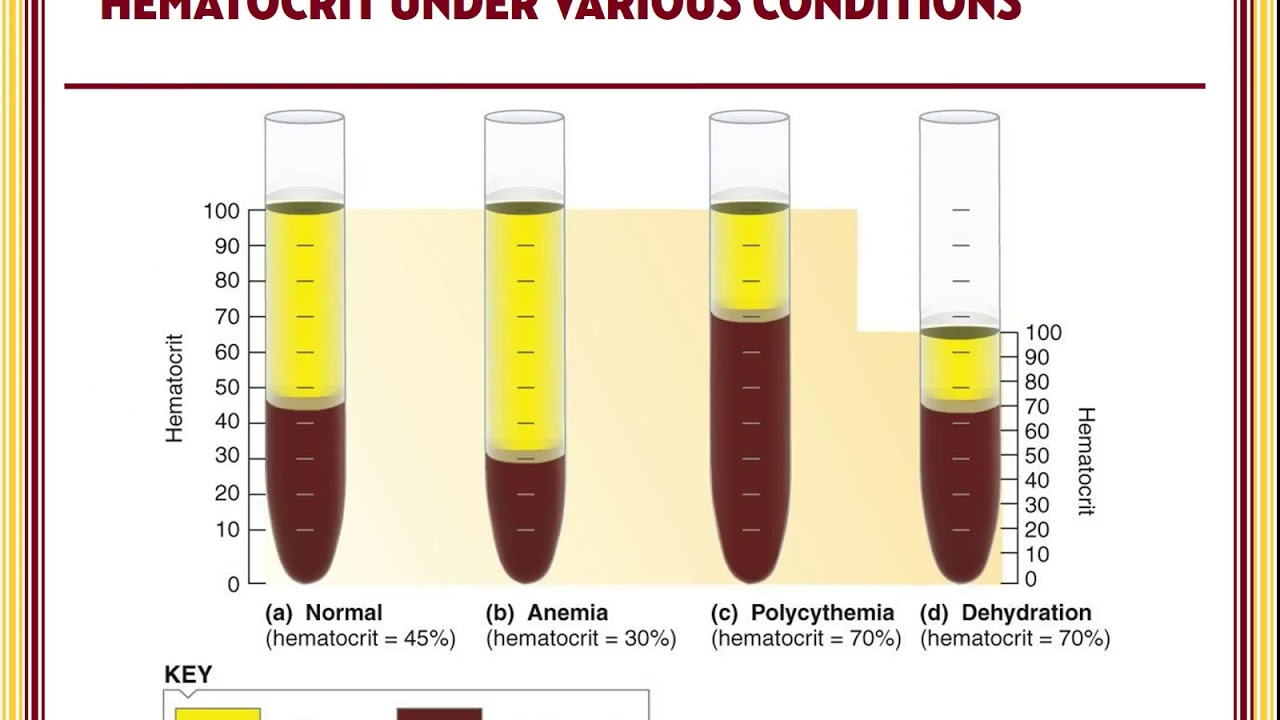Hematocrit 45: Understanding Its Significance in Polycythemia Vera Management
What is the optimal hematocrit target for patients with polycythemia vera. How does maintaining a hematocrit below 45 percent affect cardiovascular outcomes. Why is hematocrit control crucial in polycythemia vera management.
The Importance of Hematocrit Control in Polycythemia Vera
Polycythemia vera (PV) is a myeloproliferative neoplasm characterized by an increased red blood cell mass. This condition distinguishes PV from other myeloproliferative disorders and is associated with an elevated risk of thrombosis and cardiovascular death. While PV shares features like elevated platelet and white blood cell counts with other myeloproliferative neoplasms, the management of PV focuses primarily on reducing thrombosis risk, which poses the greatest threat to patient morbidity and mortality.
Hematocrit, a measure of the proportion of blood volume occupied by red blood cells, plays a crucial role in PV management. Historically, guidelines recommended maintaining hematocrit below 45 percent (with a target of less than 42 percent for women). However, the optimal hematocrit target has been a subject of debate in the medical community.

The CYTO-PV Study: A Landmark Trial in Polycythemia Vera Management
To address the controversy surrounding hematocrit targets in PV, Dr. Roberto Marchioli and investigators from the Cytoreductive Therapy in Polycythemia Vera (CYTO-PV) Collaborative Group conducted a groundbreaking multicenter, randomized trial. The study aimed to test the hypothesis that maintaining a hematocrit target below 45 percent results in lower rates of cardiovascular death and major thrombosis compared to a target range of 45 to 50 percent.
Study Design and Patient Characteristics
The CYTO-PV study included 365 patients with polycythemia vera, stratified based on age (under 65 years or 65 years and older) and history of thrombosis. Participants were randomly assigned to two groups:
- Low-hematocrit group: Target hematocrit below 45 percent
- High-hematocrit group: Target hematocrit between 45 and 50 percent
Both groups received treatment with phlebotomy and hydroxyurea, with the intensity of therapy adjusted to maintain the assigned hematocrit target. The baseline characteristics of patients in both groups were well-matched, ensuring a fair comparison.

Key Findings of the CYTO-PV Trial
The CYTO-PV study yielded several significant findings that have important implications for the management of polycythemia vera:
Primary Endpoint Results
The primary composite endpoint, which included death from cardiovascular causes or major thrombotic events, occurred in:
- Low-hematocrit group: 5 out of 182 patients (2.7%)
- High-hematocrit group: 18 out of 183 patients (9.8%)
This difference translated to a hazard ratio of 3.91 (p=0.007), indicating a significantly lower risk of adverse cardiovascular outcomes in the low-hematocrit group.
Total Cardiovascular Events
The study also examined the rate of total cardiovascular events:
- Low-hematocrit group: 4.4% of patients
- High-hematocrit group: 10.9% of patients
The hazard ratio for total cardiovascular events was 2.69 (p=0.02), further supporting the benefits of maintaining a lower hematocrit target.
Implications for Polycythemia Vera Management
The CYTO-PV trial provides strong evidence supporting the current clinical practice of maintaining hematocrit below 45 percent in patients with polycythemia vera. This target is associated with a significant reduction in the rates of cardiovascular death and major thrombosis, offering clear guidance for healthcare providers managing PV patients.
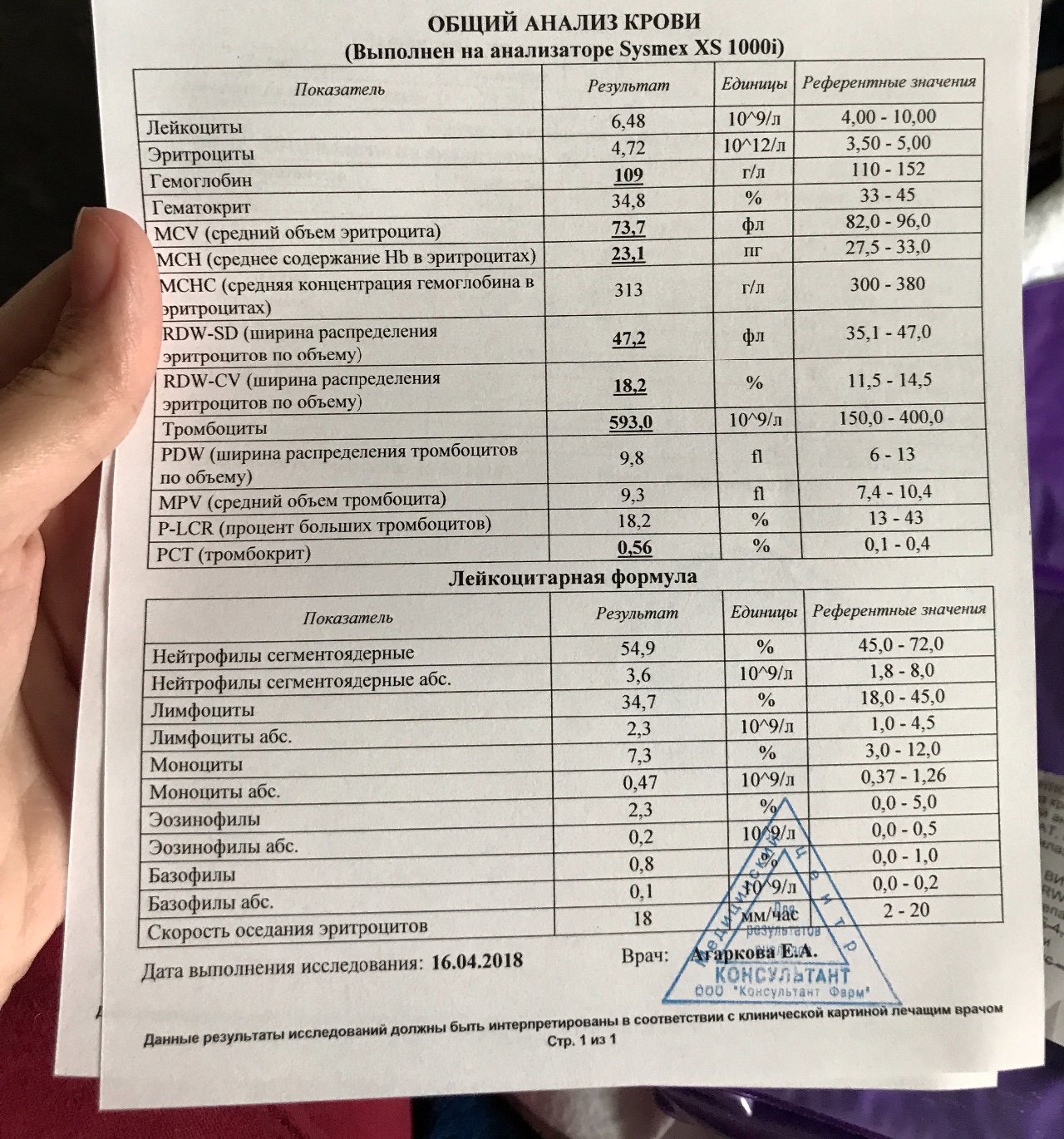
Are there any potential drawbacks to maintaining a lower hematocrit target? The study found no significant difference in adverse events, including bleeding, between the two groups. Additionally, there was no increased risk of disease progression to myelofibrosis, myelodysplastic syndrome, or leukemia in the low-hematocrit group.
The Role of White Blood Cell Count in Polycythemia Vera
While the CYTO-PV study focused primarily on hematocrit targets, it also provided insights into the role of white blood cell count in polycythemia vera. The study found that the leukocyte count was significantly higher in the high-hematocrit group compared to the low-hematocrit group.
This observation is particularly interesting in light of emerging evidence suggesting a link between leukocytosis and an increased risk of thrombosis in myeloproliferative neoplasms. Although the study was not designed to investigate this relationship directly, the findings highlight the potential importance of monitoring and managing white blood cell counts in PV patients.

Risk Stratification in Polycythemia Vera
Understanding risk factors for thrombotic complications is crucial for optimal management of polycythemia vera. The CYTO-PV study reinforces the importance of risk stratification in guiding treatment decisions. Current guidelines identify two main risk factors for vascular complications in PV:
- Age greater than 60 years
- Prior history of thrombosis
Patients with either of these risk factors are considered high-risk and typically receive more intensive therapy, including cytoreductive treatment with hydroxyurea in addition to phlebotomy and low-dose aspirin. Low-risk patients, who have neither risk factor, are generally managed with phlebotomy and low-dose aspirin alone.
How does the CYTO-PV study impact risk stratification in polycythemia vera? While the study does not directly alter the risk stratification criteria, it emphasizes the importance of rigorous hematocrit control across all risk groups. The benefits of maintaining hematocrit below 45 percent were observed regardless of baseline risk factors, suggesting that this target should be pursued for all PV patients.
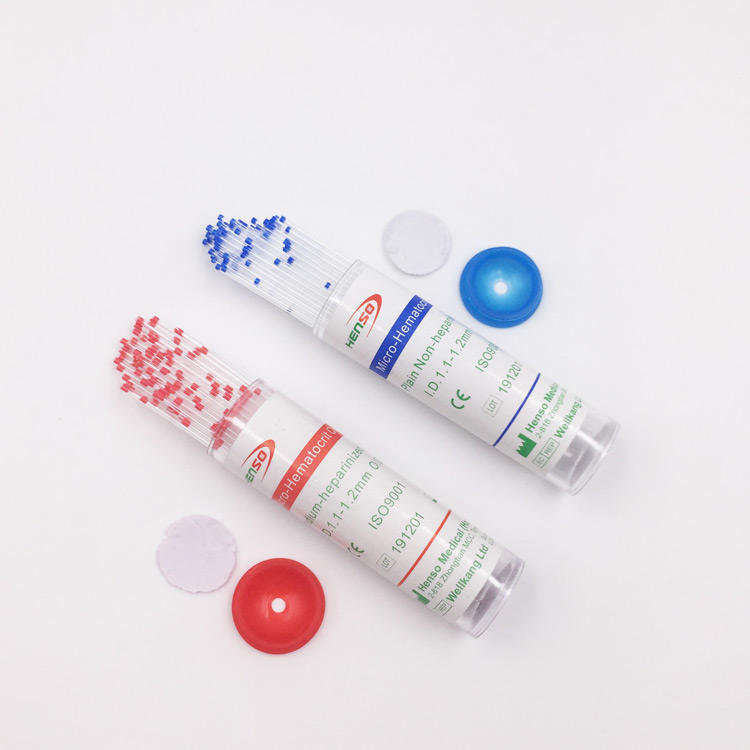
Therapeutic Approaches in Polycythemia Vera Management
The CYTO-PV study provides valuable insights into the effectiveness of current therapeutic approaches for polycythemia vera. The cornerstones of PV management include:
- Phlebotomy: Regular blood removal to maintain target hematocrit levels
- Low-dose aspirin: To reduce the risk of thrombotic events
- Cytoreductive therapy: Typically with hydroxyurea, especially in high-risk patients
The study demonstrated that these interventions, when tailored to achieve a hematocrit target below 45 percent, are effective in reducing cardiovascular morbidity and mortality. It’s important to note that 75 percent of patients in each arm of the study maintained hematocrit levels within their assigned target range, highlighting the feasibility of achieving and maintaining specific hematocrit goals in clinical practice.
What considerations should clinicians keep in mind when implementing these therapeutic approaches? While the study supports the use of phlebotomy and hydroxyurea to control hematocrit, individual patient factors such as tolerance to phlebotomy, response to cytoreductive therapy, and presence of other cytopenias should be taken into account when tailoring treatment plans.

Future Directions in Polycythemia Vera Research
The CYTO-PV trial represents a significant advancement in our understanding of polycythemia vera management, but it also raises several questions for future research:
- Long-term outcomes: What are the long-term effects of maintaining different hematocrit targets on disease progression and overall survival?
- Gender-specific targets: Are different hematocrit targets warranted for male and female patients with PV?
- Role of novel therapies: How do newer treatments, such as JAK inhibitors, impact hematocrit control and cardiovascular outcomes in PV?
- Biomarkers for risk stratification: Can additional biomarkers, beyond age and thrombosis history, improve risk assessment and guide more personalized treatment approaches?
- Quality of life considerations: How do different hematocrit targets and treatment intensities affect patients’ quality of life and treatment adherence?
Addressing these questions will require further clinical trials and observational studies. As our understanding of the molecular basis of polycythemia vera continues to evolve, integrating new biological insights with clinical outcomes data will be crucial for refining management strategies and improving patient care.

Practical Implications for Clinicians and Patients
The findings of the CYTO-PV study have several practical implications for the day-to-day management of polycythemia vera:
For Clinicians:
- Emphasize the importance of maintaining hematocrit below 45 percent in all PV patients
- Regularly monitor hematocrit levels and adjust treatment intensity as needed
- Consider more frequent follow-up for patients with hematocrit levels approaching 45 percent
- Pay attention to white blood cell counts, as they may contribute to thrombotic risk
- Educate patients about the importance of adherence to phlebotomy schedules and medication regimens
For Patients:
- Understand the rationale behind maintaining a specific hematocrit target
- Adhere to prescribed treatment plans, including phlebotomy schedules and medications
- Report any symptoms or side effects promptly to healthcare providers
- Engage in lifestyle modifications that support overall cardiovascular health
- Stay informed about advances in PV management and participate in shared decision-making with healthcare providers
By working together, clinicians and patients can implement the insights gained from the CYTO-PV study to optimize polycythemia vera management and reduce the risk of cardiovascular complications.

In conclusion, the CYTO-PV trial provides robust evidence supporting the current practice of maintaining hematocrit below 45 percent in patients with polycythemia vera. This target is associated with a significant reduction in cardiovascular death and major thrombotic events. As research in this field continues to evolve, maintaining this hematocrit target, along with comprehensive risk assessment and individualized treatment approaches, remains the cornerstone of effective polycythemia vera management.
In Polycythemia Vera, 45 Is the Number | The Hematologist
Skip Nav Destination
Diffusion|
March 1, 2013
Jason Gotlib, MD, MS
The Hematologist (2013) 10 (2)
https://doi.org/10.1182/hem.V10.2.1077
-
Share
-
Request Permissions
-
Citation
Jason Gotlib; In Polycythemia Vera, 45 Is the Number. The Hematologist 2013; 10 (2): No Pagination Specified. doi: https://doi.org/10.1182/hem.V10.2.1077
doi: https://doi.org/10.1182/hem.V10.2.1077
Download citation file:
- Ris (Zotero)
- Reference Manager
- EasyBib
- Bookends
- Mendeley
- Papers
- EndNote
- RefWorks
- BibTex
toolbar search
Marchioli R, Finazzi G, Specchia G, et al. . N Engl J Med. 2013;368:22-33.
An increased red blood cell mass distinguishes polycythemia vera (PV) from other myeloproliferative neoplasms (MPNs) and is associated with an increased risk of thrombosis and cardiovascular death. Elevation of the platelet and white blood cell count are shared features between PV and other MPNs; while an association between the degree of thrombocytosis and thrombosis has not been established, an emerging body of data suggests a link between leukocytosis and an excess risk of thrombosis. Risk stratification and management of PV is primarily based on reducing thrombosis, the complication that imposes the greatest morbid burden and risk of death. Data from prospective and retrospective trials of PV (and essential thrombocytosis) indicate that age > 60 or prior history of thrombosis identify individuals with a high risk of vascular complications; lower-risk patients exhibit neither risk factor.1 Lower-dose aspirin (e.g., 81-100 mg daily) with phlebotomy is the cornerstone of therapy for low-risk patients, and cytoreductive therapy with hydroxyurea is added to this regimen in high-risk individuals. While current guidelines recommend that phlebotomy be undertaken to maintain a hematocrit < 45 percent (and by inference, a target goal of < 42% in women), post-hoc analyses of studies from the Polycythemia Vera Study Group and the European Collaboration on Low-Dose Aspirin in Polcythemia Vera (ECLAP) have not reinforced this hematocrit threshold; for example, thrombosis rates were not increased in the hematocrit range of 45 to 50 percent.
Risk stratification and management of PV is primarily based on reducing thrombosis, the complication that imposes the greatest morbid burden and risk of death. Data from prospective and retrospective trials of PV (and essential thrombocytosis) indicate that age > 60 or prior history of thrombosis identify individuals with a high risk of vascular complications; lower-risk patients exhibit neither risk factor.1 Lower-dose aspirin (e.g., 81-100 mg daily) with phlebotomy is the cornerstone of therapy for low-risk patients, and cytoreductive therapy with hydroxyurea is added to this regimen in high-risk individuals. While current guidelines recommend that phlebotomy be undertaken to maintain a hematocrit < 45 percent (and by inference, a target goal of < 42% in women), post-hoc analyses of studies from the Polycythemia Vera Study Group and the European Collaboration on Low-Dose Aspirin in Polcythemia Vera (ECLAP) have not reinforced this hematocrit threshold; for example, thrombosis rates were not increased in the hematocrit range of 45 to 50 percent. 2,3
2,3
Dr. Roberto Marchioli and investigators from the Cytoreductive Therapy in Polycythemia Vera (CYTO-PV) Collaborative Group conducted a multicenter, randomized trial of PV patients in order to test the hypothesis that a hematocrit target of < 45 percent confers a lower rate of cardiovascular death and major thrombosis than a target of 45 to 50 percent. Stratification of 365 patients was partly based on age (< 65 years or ≥ 65 years) and on absence or presence of a history of thrombosis. Baseline patient characteristics were well-matched. Individuals were randomized to treatment with phlebotomy and hydroxyurea, with intensity of therapy geared toward maintaining a target hematocrit < 45 percent (low-hematocrit group) versus 45 to 50 percent (high-hematocrit group). With a median follow-up of 31 months, the primary composite endpoint of death from cardiovascular causes or major thrombotic events occurred in five out of 182 patients (2.7%) in the low-hematocrit group and in 18 out of 183 patients (9.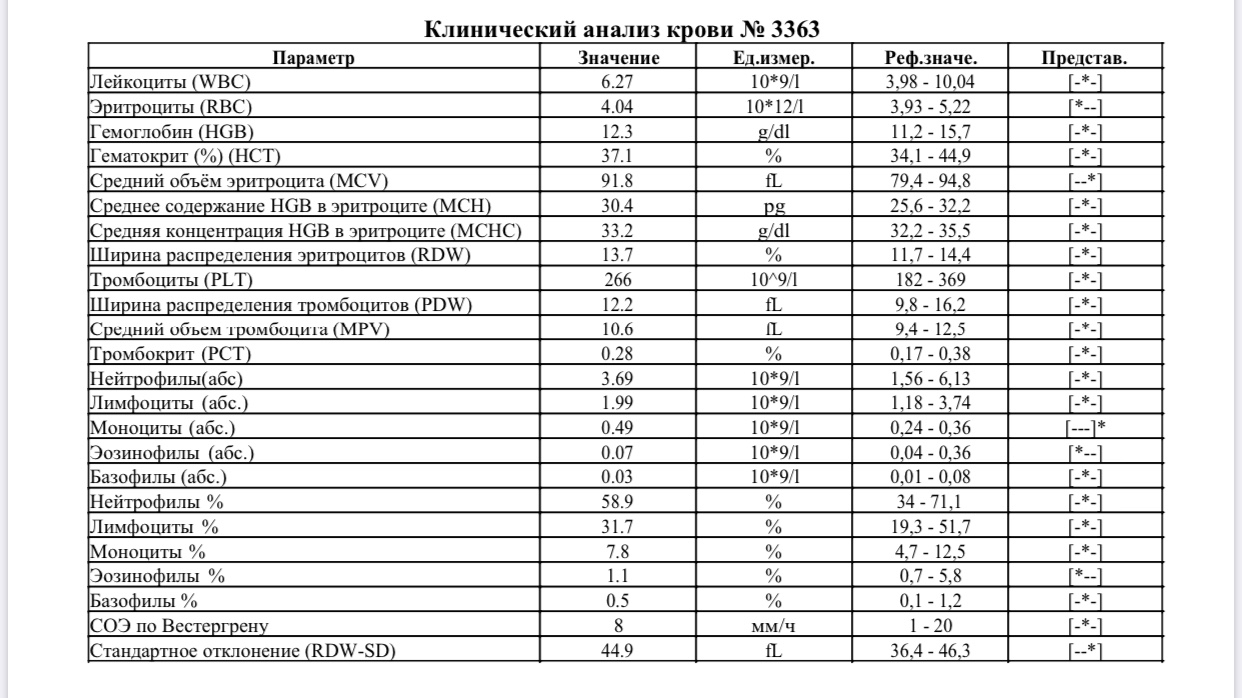 8%) in the high-hematocrit group (hazard ratio 3.91, P=0.007). Total cardiovascular events occurred in 4.4 percent of patients in the low-hematocrit group and 10.9 percent of those in the high-hematocrit group (hazard ratio 2.69, P=0.02). There was no significant difference in adverse events, including bleeding, or in evolution to myelofibrosis and myelodysplastic syndrome, or leukemia. In the low- and high-hematocrit groups, the median hematocrit level was maintained at 44.4 percent and 47.5 percent, respectively, and 75 percent of patients in each arm maintained the hematocrit in the assigned target range. While the platelet count was not significantly different between treatment arms, the leukocyte count was significantly higher in the high-hematocrit group.
8%) in the high-hematocrit group (hazard ratio 3.91, P=0.007). Total cardiovascular events occurred in 4.4 percent of patients in the low-hematocrit group and 10.9 percent of those in the high-hematocrit group (hazard ratio 2.69, P=0.02). There was no significant difference in adverse events, including bleeding, or in evolution to myelofibrosis and myelodysplastic syndrome, or leukemia. In the low- and high-hematocrit groups, the median hematocrit level was maintained at 44.4 percent and 47.5 percent, respectively, and 75 percent of patients in each arm maintained the hematocrit in the assigned target range. While the platelet count was not significantly different between treatment arms, the leukocyte count was significantly higher in the high-hematocrit group.
The evidence provided by this landmark study justifies the current clinical practice of maintaining the hematocrit < 45 percent, a target that is associated with a significant reduction in the rates of cardiovascular death and major thrombosis.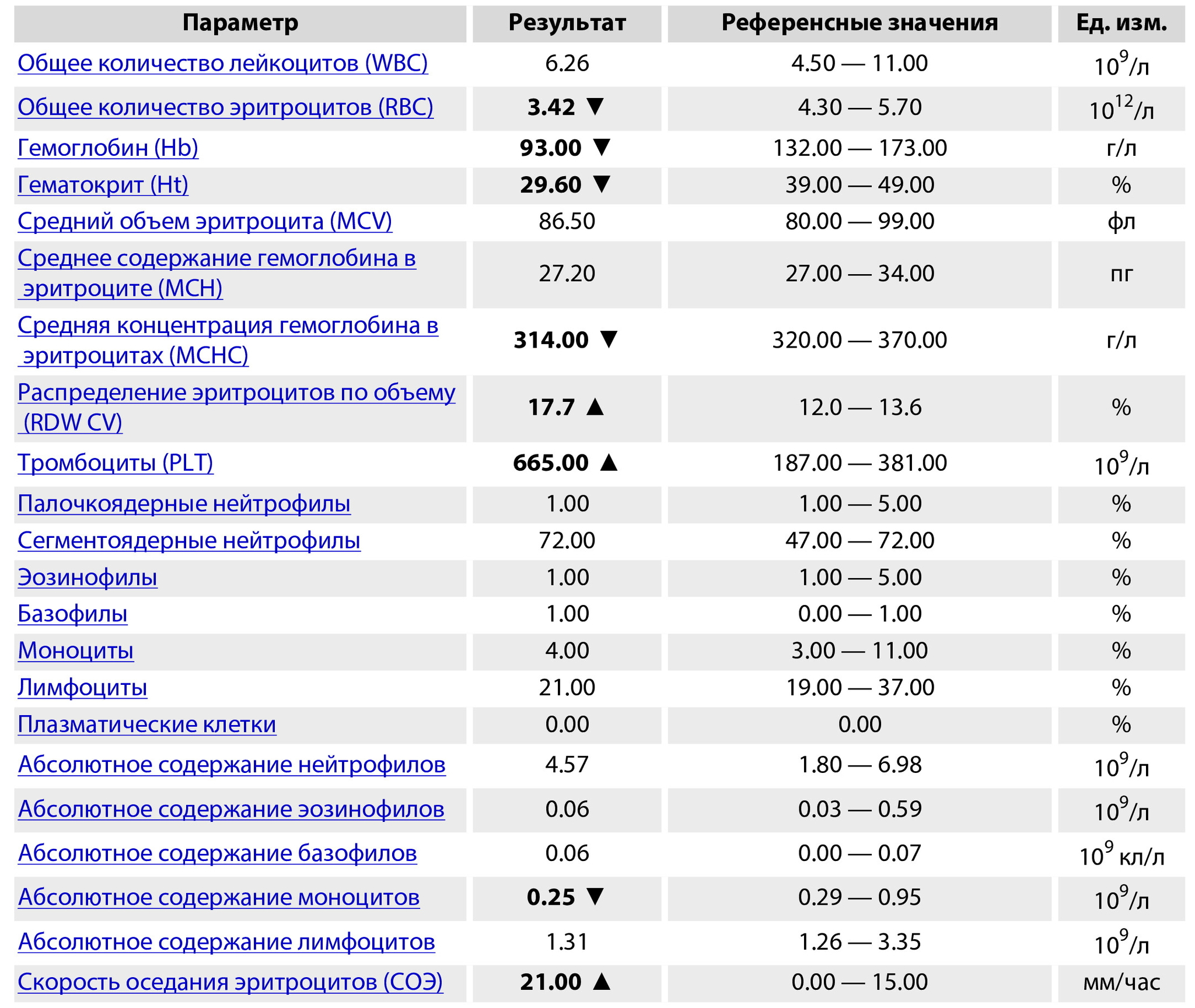 Similar to prior studies, this trial spotlights the potential role of leukocytes in promoting thrombosis given the significantly higher white blood cell count in the high-hematocrit group. The higher white blood cell count likely has functional consequences – leukocyte activation has been associated with activation of endothelial cells and the pro-coagulant response at sites of vascular injury.4 Randomized studies are now needed to parse out whether a particular leukocyte threshold imparts a significant difference in rates of thrombosis/death and is additive to the target hematocrit.;
Similar to prior studies, this trial spotlights the potential role of leukocytes in promoting thrombosis given the significantly higher white blood cell count in the high-hematocrit group. The higher white blood cell count likely has functional consequences – leukocyte activation has been associated with activation of endothelial cells and the pro-coagulant response at sites of vascular injury.4 Randomized studies are now needed to parse out whether a particular leukocyte threshold imparts a significant difference in rates of thrombosis/death and is additive to the target hematocrit.;
1.
Barbui T, Barosi G, Birgegard G, et al. Philadelphia-negative classical myeloproliferative neoplasms: critical concepts and management recommendations from European LeukemiaNet. J Clin Oncol. 2011;29:761-770.
2.
Di Nisio M, Barbui T, Di Gennaro L,et al. The haematocrit and platelet target in polycythemia vera. Br J Haematol. 2007;136:249-259.
3.
Berk PD, Goldberg JD, Donovan PB, et al. Therapeutic recommendations in polycythemia vera based on Polycythemia Vera Study Group protocols. Semin Hematol. 1986;23:132-143.
Therapeutic recommendations in polycythemia vera based on Polycythemia Vera Study Group protocols. Semin Hematol. 1986;23:132-143.
4.
Falanga A, Marchetti M, Evangelista V, et al. Polymorphonuclear leukocyte activation and hemostasis in patients with essential thrombocythemia and polycythemia vera. Blood. 2000;96:4261-4266.
Hematocrit: MedlinePlus Medical Encyclopedia
URL of this page: //medlineplus.gov/ency/article/003646.htm
To use the sharing features on this page, please enable JavaScript.
Hematocrit is a blood test that measures how much of a person’s blood is made up of red blood cells. This measurement depends on the number of and size of the red blood cells.
A blood sample is needed.
No special preparation is necessary for this test.
When the needle is inserted to draw blood, some people feel moderate pain. Others feel only a prick or stinging. Afterward, there may be some throbbing or a slight bruise. This soon goes away.
This soon goes away.
The hematocrit is almost always done as part of a complete blood count (CBC).
Your health care provider may recommend this test if you have signs of or are at risk for anemia. These include having:
- Before and after major surgery
- Blood in your stools, or vomit (if you throw up)
- Chronic medical problems, such as kidney disease or certain types of arthritis
- During pregnancy
- Fatigue, poor health, or unexplained weight loss
- Headaches
- Heavy menstrual periods
- Leukemia or other problems in the bone marrow
- Monitoring during treatment for cancer
- Monitoring medicines that may cause anemia or low blood counts
- Monitoring of anemia and its cause
- Poor nutrition
- Problems concentrating
Normal results vary, but in general they are:
- Male: 40.7% to 50.3%
- Female: 36.1% to 44.3%
For babies, normal results are:
- Newborn: 45% to 61%
- Infant: 32% to 42%
The examples above are common measurements for results of these tests. Normal value ranges vary slightly among different laboratories. Some labs use different measurements or test different samples. Talk to your provider about the meaning of your specific test results.
Normal value ranges vary slightly among different laboratories. Some labs use different measurements or test different samples. Talk to your provider about the meaning of your specific test results.
Low hematocrit may be due to:
- Anemia
- Bleeding
Bone marrow being unable to produce new red blood cells. This may be due to leukemia, other cancers, drug toxicity, radiation therapy, infection, or bone marrow disorders
- Chronic illness
- Chronic kidney disease
- Destruction of red blood cells (hemolysis)
- Leukemia
- Malnutrition
- Too little iron, folate, vitamin B12, and vitamin B6 in the diet
- Too much water in the body
High hematocrit may be due to:
- Bone marrow disease that causes abnormal increase in red blood cells (polycythemia vera)
- Congenital heart disease
- Exposure to high altitude
- Failure of the right side of the heart
- Low levels of oxygen in the blood
- Scarring or thickening of the lungs
- Too little water in the body (dehydration)
There is little risk involved with having your blood taken. Veins and arteries vary in size from one person to another and from one side of the body to the other. Obtaining a blood sample from some people may be more difficult than from others.
Veins and arteries vary in size from one person to another and from one side of the body to the other. Obtaining a blood sample from some people may be more difficult than from others.
Other risks associated with having blood drawn are slight but may include:
- Excessive bleeding
- Fainting or feeling lightheaded
- Multiple punctures to locate veins
- Hematoma (blood buildup under the skin)
- Infection (a slight risk any time the skin is broken)
- Formed elements of blood
Chernecky CC, Berger BJ. H. Hematocrit blood. In: Chernecky CC, Berger BJ, eds. Laboratory Tests and Diagnostic Procedures. 6th ed. St Louis, MO: Elsevier Saunders; 2013:620-621.
Kliegman RM, St. Geme JW, Blum NJ, Shah SS, Tasker RC, Wilson KM. Blood disorders. In: Kliegman RM, St. Geme JW, Blum NJ, Shah SS, Tasker RC, Wilson KM, eds. Nelson Textbook of Pediatrics. 21st ed. Philadelphia, PA: Elsevier; 2020:chap 124.
Means RT. Approach to the anemias. In: Goldman L, Schafer AI, eds. Goldman-Cecil Medicine. 26th ed. Philadelphia, PA: Elsevier; 2020:chap 149.
Approach to the anemias. In: Goldman L, Schafer AI, eds. Goldman-Cecil Medicine. 26th ed. Philadelphia, PA: Elsevier; 2020:chap 149.
Vajpayee N, Graham SS, Bem S. Basic examination of blood and bone marrow. In: McPherson RA, Pincus MR, eds. Henry’s Clinical Diagnosis and Management by Laboratory Methods. 24th ed. Philadelphia, PA: Elsevier; 2022:chap 31.
Updated by: David C. Dugdale, III, MD, Professor of Medicine, Division of General Medicine, Department of Medicine, University of Washington School of Medicine. Also reviewed by David Zieve, MD, MHA, Medical Director, Brenda Conaway, Editorial Director, and the A.D.A.M. Editorial team.
Target values of hematocrit during therapeutic bloodletting in patients with polycythemia vera
PUBLICATIONS
Polycythemia vera (polycythemia vera) is a myeloproliferative disease in which there is an increased production of erythrocytes, granulocytes and platelets. The development of the disease is associated with a mutation (V617F) in the JAK2 tyrosine kinase gene. However, the JAK2V617F mutation is also found in half of patients with essential thrombocytosis, primary myelofibrosis, which reduces the specificity of detecting this genetic disorder in the diagnosis of polycythemia vera.
However, the JAK2V617F mutation is also found in half of patients with essential thrombocytosis, primary myelofibrosis, which reduces the specificity of detecting this genetic disorder in the diagnosis of polycythemia vera.
There is no doubt that erythrocytosis plays a negative role in the development of blood stasis, platelet activation and hypercoagulability, endothelial damage (“Virchow’s triad”), however, the place of bloodletting in the treatment of polycythemia vera remains controversial.
The Polycythemia Vera Study Group (PVSG) compared bloodletting with radioactive phosphorus or chemotherapy. In the group of patients treated with bloodletting, there was a higher incidence of thrombotic complications, but in the other two groups there was an increased incidence of acute leukemia. It should be noted that the target hematocrit values in this study were ≤ 52%.
The main reason for objections to bloodletting as a treatment is the difficulty of objectively assessing the total blood volume that increases in polycythemia (especially splenomegaly). The increase in plasma volume contributes to the “pseudonormalization” of hematocrit, and in some cases may make it difficult to recognize polycythemia according to the criteria of the World Health Organization; in such cases, it is advisable to exclude the JAK2V617F mutation.
The increase in plasma volume contributes to the “pseudonormalization” of hematocrit, and in some cases may make it difficult to recognize polycythemia according to the criteria of the World Health Organization; in such cases, it is advisable to exclude the JAK2V617F mutation.
If in vitro we estimate the hematocrit as the proportion of red blood cells in the blood volume, then in vivo the distribution of plasma and red blood cells in the bloodstream can vary depending on the type of vessels and the patient’s condition (presence of dehydration, tissue hypoxia). Hematocrit in vivo may differ significantly from values obtained in the laboratory. The hematocrit measured in the analysis of peripheral blood, as a rule, is less than that observed in large vessels.
Marchioli R. et al. evaluated the effect of therapeutic bloodletting, hydroxyurea therapy or both in the general group of patients with polycythemia vera (n=365). Mortality from cardiovascular complications and thrombosis were compared when the target level of hematocrit was reached.
Figure 1. Kaplan-Meier curves for the primary endpoint of assessing the risk of death from cardiovascular complications or thrombosis in the Marchioli R. et al.
There were no significant differences in other outcomes.
Thus, when performing therapeutic bloodletting in patients with polycythemia vera, the target hematocrit values should be
Currently, acetylsalicylic acid and hydroxyurea preparations are recommended for the prevention of arterial and venous thrombosis in polycythemia. But, as Marchioli R. et al. showed in their work, maintaining hematocrit is of the greatest importance for reducing the risk of thrombosis.
Source: Marchioli R., et al. Cardiovascular Events and Intensity of Treatment in Polycythemia Vera. NEJM – December, 2012
References:
- Spivak JL. Polycythemia vera: myths, mechanisms, and management. Blood2002;100:4272-4290
- Spivak JL, Barosi G, Tognoni G, et al.
 Chronic myeloproliferative disorders. Hematol Am Soc Hematol Educ Program 2003:200-24
Chronic myeloproliferative disorders. Hematol Am Soc Hematol Educ Program 2003:200-24 - Schafer AI. Molecular basis of the diagnosis and treatment of polycythemia vera and essential thrombocythemia. Blood 2006;107:4214-4222
Automatic blood test – normal values of erythrocyte levels – Article in Yekaterinburg
Traditional manual and modern automated methods used in hematological studies differ in results. This is due to their metrological differences. The following are the values that can be obtained from laboratory tests in various groups of patients.
Hemograms obtained from the use of hematology analyzers in adult patients.
| Parameter | Women | Men RBC) | 3.8 – 5.1 t/l* | 4.3 – 5.7 t/l l* |
| Hemoglobin (HGB) | 117 – 160 g/l | 131 – 173 g/l | ||
| Hematocrit (HCT) | 35 – 45% | 39 – 50% | ||
| MCV | 80 – 100 fl* | 80 – 100 fl* | ||
| MCH | 27 – 34 pg* | 27 – 34 pg* | ||
| MCHC | 32 – 36 g/dl | |||
| RDW | 11. 6 – 14.8% 6 – 14.8% | 11.6 – 14.8% | ||
| Platelets (PLT) | 150 – 400 G/L* | 150 – 400 G/L* | ||
| Leukocytes (WBC)** | 3.5 – 11.0 G/L* | 4.9 – 10.5 G/L* | ||
| Leukocytes (WBC)*** | 4.0 – 9.0 G/l* | 4.0 – 9.0 G/l* |
0044 T/l – Tera/l = 10 12 /l
from English. / ed. WELL. Titsa. – M.: Medicine, 1986, 480 p.
*** The values were developed by the working group of experts at the VNMKTs on laboratory business and approved by the Ministry of Health of the USSR in 1978 y. 024
9 0072
Venous or capillary blood with EDTA salts is taken for research. When performing studies on hematological analyzers, the photometric method is used.
When performing studies on hematological analyzers, the photometric method is used.
Errors in hemoglobin measurement
High concentration results may be due to the following factors:
- Hyperlipidemia.
- Hyperbilirubinemia.
- Cryoglobulinemia.
- High leukocytosis.
- Excess of unstable hemoglobins.
Clinical and diagnostic value:
- Increased concentration is caused by dehydration, as well as primary or secondary erythremia.
- Decreased concentration occurs with anemia or overhydration.
Some patients with a hemoglobin level higher than 75 g/l can increase their hemoglobin levels by 20-30 g/l by taking iron supplements for 10 days, but the iron deficiency itself is not compensated. If the patient (body weight 70 kg) also receives a blood transfusion (500 ml), an increase in hemoglobin level by 12 g/l is possible.
Erythrocytes
Normal values
| Age | Women (t/l) | Men (t/l) |
| Cord blood | 3.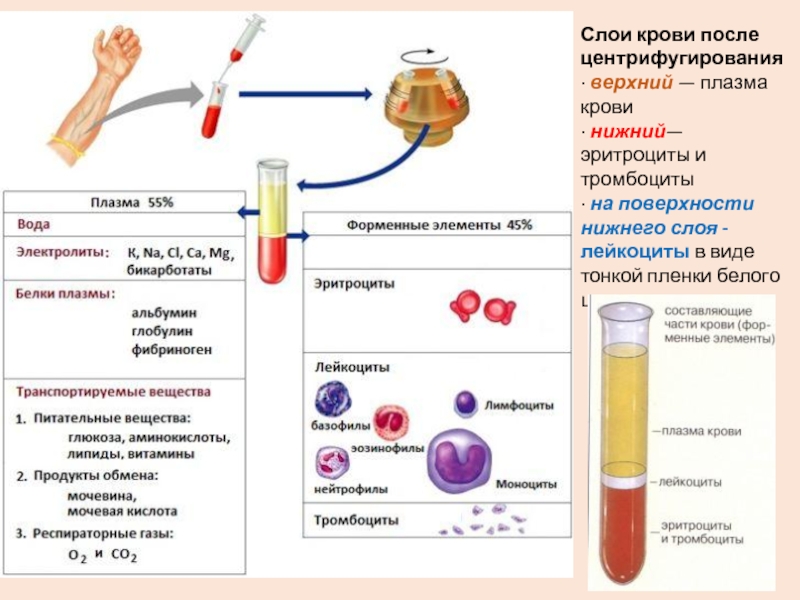 9 – 5, 5 9 – 5, 5 | 3.9 – 5.5 |
| 2 weeks | 3.9 – 5.9 | 3.9 – 5.9 |
| 1 month | 3.3 – 5.3 | 3.3 – 5.3 |
| 4 months | 3.5 – 5.1 | 3.5 – 5.1 |
| 6 months | 3.9 – 5.5 | 3.9 – 5.5 |
| 9 months | 4.0 – 5.3 | 4.0 – 5.3 |
| 1 – 2 years | 3.8 – 4.8 | 3.8 – 4.8 |
| 3 – 8 years | 3.7 – 4.9 | 3.7 – 4.9 |
| 9 – 12 years | 3.9 – 5.1 | 3.9 – 5.1 900 63 |
| 12 – 14 years old | 3.8 – 5.0 | 4.1 – 5.2 |
| 15 – 17 years old | 3.9 – 5.1 | 4.2 – 5.6 |
| 18 – 44 years old 9 0063 | 3.8 – 5, 1 | 4.3 – 5.7 |
| 45 – 64 years | 3.8 – 5.3 | 4.2 – 5.6 |
| 65 – 74 years old | 3. 8 – 5.2 8 – 5.2 | 3.8 – 5.8 |
Venous or capillary blood with EDTA salts is used for research.
Clinical and diagnostic value
The number of erythrocytes increases with:
- Dehydration.
- Reactive erythrocytosis, which is caused by a lack of oxygen in the tissues due to congenital or acquired heart defects, with cor pulmonale, frequent stay at high altitudes, with emphysema.
- Reactive erythrocytosis caused by Cushing’s disease or syndrome, corticosteroids, renal pelvic edema, various neoplasms, erythremia, polycystic kidney disease.
The number of erythrocytes decreases with:
- Anemia;
- Hyperhydration.
- Large blood loss.
- Late pregnancy.
Hematocrit
| Age | Women | Men |
| Umbilical cord blood | 42 – 60% | 42 – 60% |
2 wk.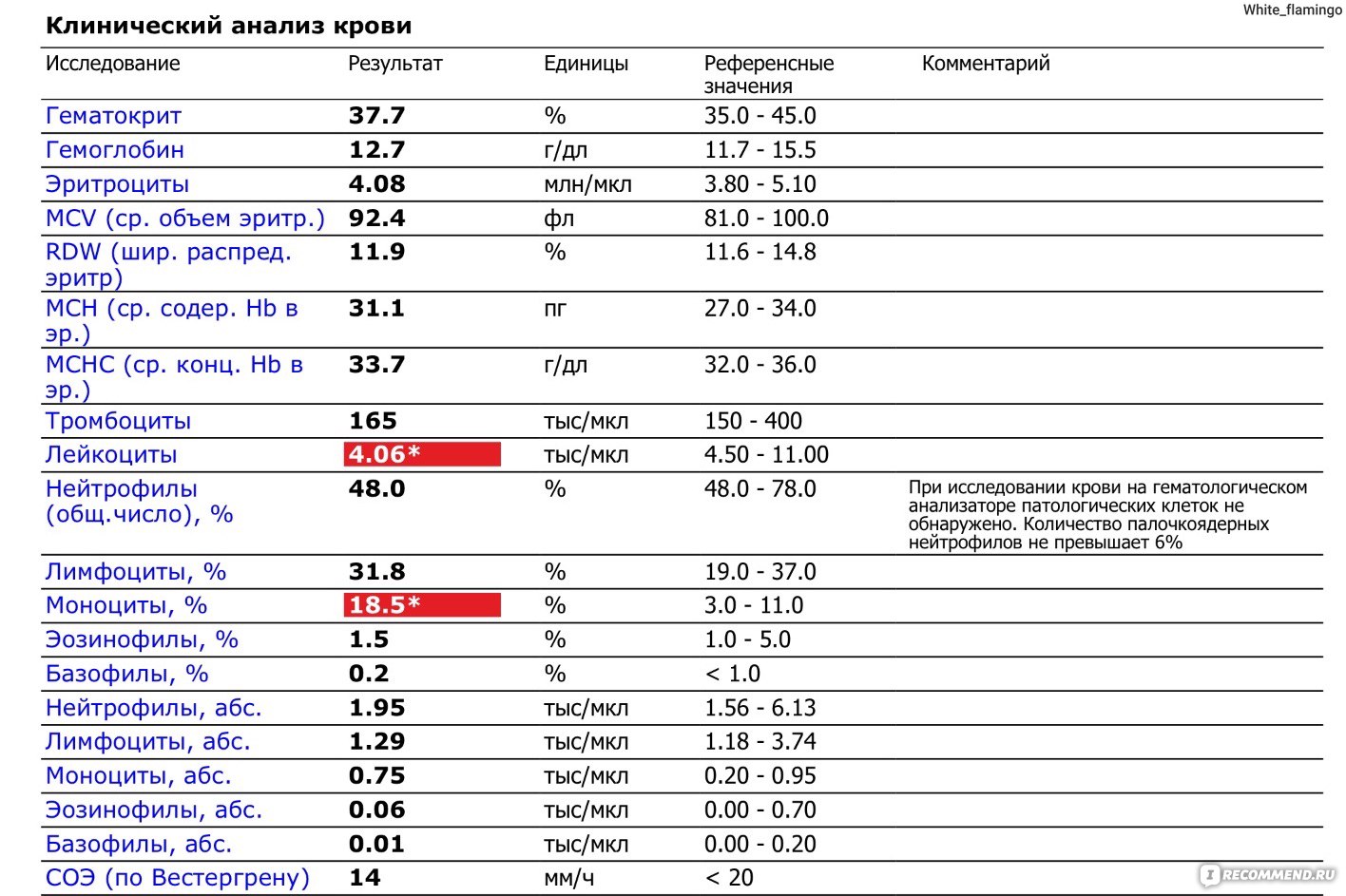 | 41 – 65% | 41 – 65% |
| 1 month | 33 – 55% | 33 – 55% |
| 2 months | 28 – 42% | 28 – 42% |
| 4 months | 32 – 44% | 32 – 44% |
| 6 months | 31 – 41% | 31 – 41% |
| 9 months | 32 – 40% | 32 – 40% |
| 1 year | 33 – 41% | 33 – 41% |
| 1 – 2 years | 32 – 40% | 32 – 40% |
| 3 – 5 years | 32 – 42% | 32 – 42% |
| 6 – 8 years | 33 – 41% | 33 – 41% |
| 9 – 11 years | 34 – 43% | 34 – 43% |
| 12 – 14 years | 34 – 44% | 35 – 45% |
| 15 – 17 years | 34 – 44% | 37 – 48% |
| 18 – 44 | 35 – 45% | 39 – 49% |
| 45 – 64 | 35 – 47% | 39 – 50% |
| 65 – 74 years old | 35 – 47% | 37 – 51% |
Venous blood with EDTA salts and capillary blood collected in a hematocrit capillary are used for research.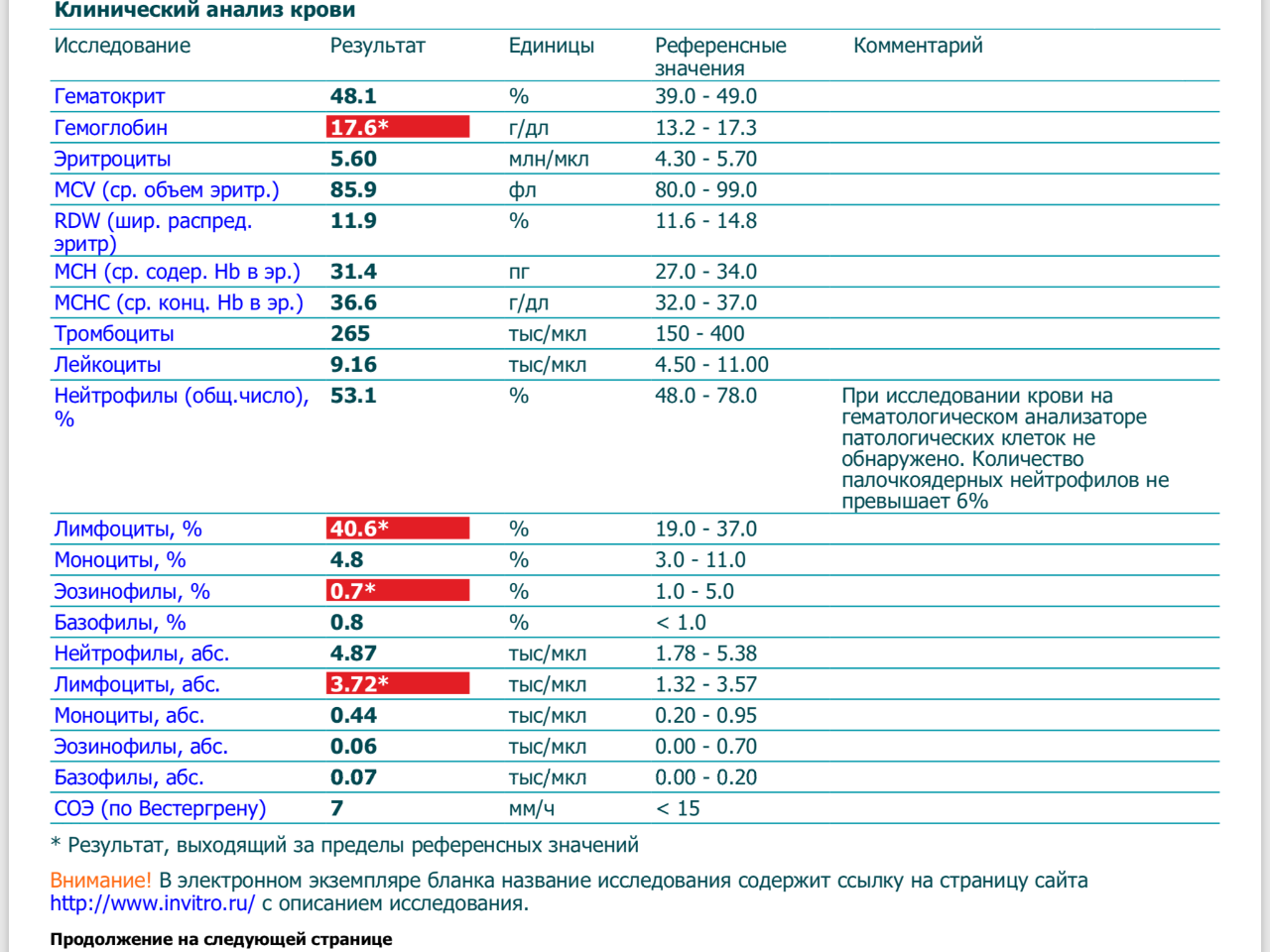 In modern analyzers, hematocrit (Hct) is a secondary calculated parameter.
In modern analyzers, hematocrit (Hct) is a secondary calculated parameter.
False hematocrit possible at:
- Development of cryoglobulinemia.
- The presence of huge platelets in the sample.
- Increased white blood cell count (more than 50 g/l).
- Hyperglycemia (greater than 33.3 mmol/l).
False low in hardware analysis causes:
- RBC agglutination.
- Microerythrocytosis (less than 36 vials).
Clinical and diagnostic value:
An increase in hematocrit is observed when being at high altitude, the presence of neoplasms in the kidneys or their polycystic, chronic lung diseases, erythrocytosis, or conditions leading to a decrease in the volume of plasma circulating in the body – diabetes, non-stop vomiting, increased sweating).
The hematocrit value decreases with anemia or due to an increase in the volume of circulating plasma during pregnancy, overhydration.
Mean erythrocyte hemoglobin (MHC)
| Age | Women (pg) | Men (pg) |
| Cord blood | 31 – 37 | 31 – 37 |
| 2 weeks | 30 – 37 | 30 – 37 |
| 1 month | 29 – 36 | 29 – 36 |
| 2 months | 27 – 34 | 27 – 34 |
| 4 months | 25 – 32 | 25 – 32 |
| 6 months | 24 – 30 | 24 – 30 |
| 9 months | 25 – 30 | 25 – 30 |
| 1 year | 24 – 30 | 24 – 30 |
| 1 – 2 years | 22 – 30 | 22 – 30 |
| 3 – 8 years | 25 – 31 | 25 – 31 |
| 9 – 14 years 9006 3 | 26 – 32 | 26 – 32 |
| 15 – 17 years old | 26 – 34 | 27 – 32 |
| 18 – 44 | 27 – 34 | 27 – 34 |
| 27 – 34 | 27 – 35 | |
| 65 – 74 years | 27 – 35 | 27 – 34 |
Venous or capillary blood with EDTA salts is used for research.
MHC is used to determine the average hemoglobin content in a single erythrocyte. To calculate the parameter, the following formula is used:
MHC pg \u003d Hb g / l / RBC T / l
The numerator is the total indicator of hemoglobin.
The denominator is the total number of erythrocytes.
The parameter is defined in picograms. To determine the average amount of hemoglobin in erythrocytes, a parameter such as a color index – CPU is also used. It is defined in arbitrary units.
CP = Hb g % * 3 / first 2 digits of the RBC count
Or calculated as follows:
CP = MCH pg / 33.4
CP can completely replace MCH. If an automatic hematology analyzer is used for studies that calculates the MCH value, then there is no need to additionally determine the CPU.
Hyperchromia or an increase in MCH greater than 34 pg is not due to an increase in the concentration of hemoglobin in erythrocytes, but is caused by an increase in their volume.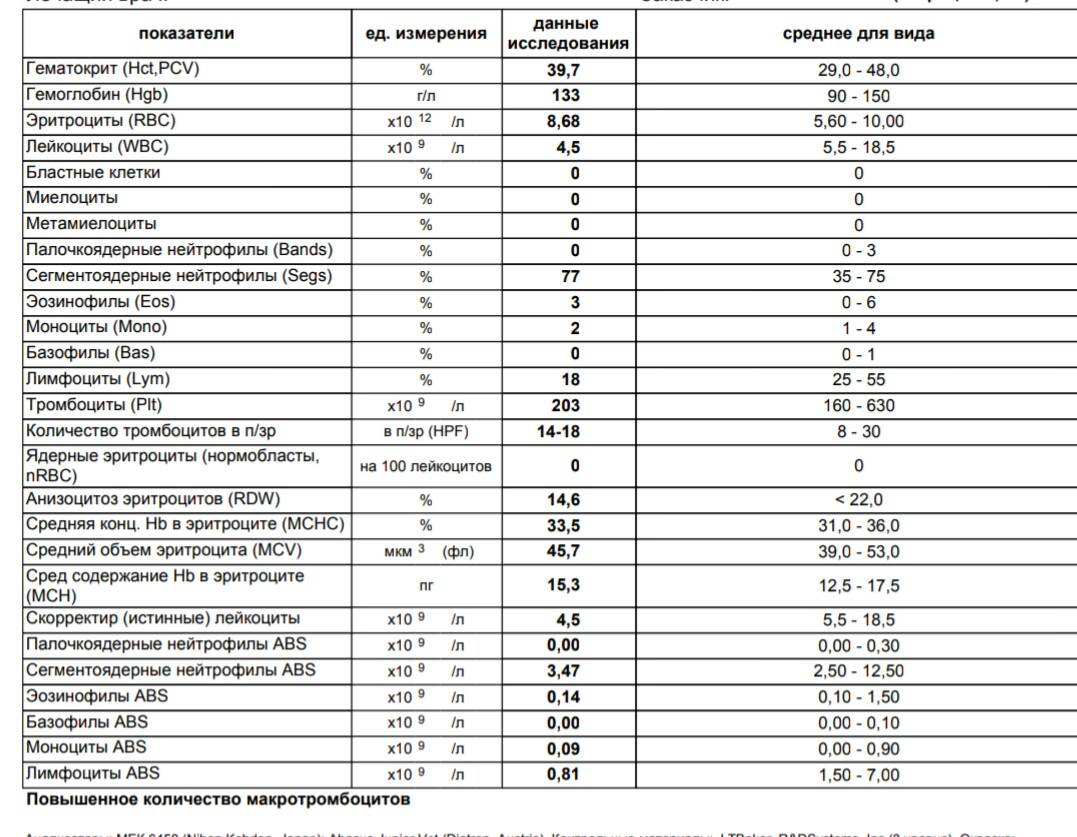 A false overestimation of this indicator is possible with errors due to an increased level of hemoglobin and a reduced number of red blood cells. A decrease in MCH to a value of 27 pg or less is called hypochromia.
A false overestimation of this indicator is possible with errors due to an increased level of hemoglobin and a reduced number of red blood cells. A decrease in MCH to a value of 27 pg or less is called hypochromia.
Clinical and diagnostic value:
- An increase is possible with anemia due to cirrhosis of the liver, hyperchromic or megaloblastic anemia.
- Decrease causes anemia in malignant neoplasms, hypochromic anemia.
Mean erythrocyte hemoglobin concentration MCHC
| Age | Women/Men (g/dl) |
| Cord blood | 30 – 36 |
| 2 weeks | 28 – 35 |
| 1 month | 28 – 36 |
| 2 months | 28 – 35 |
| 4 months | 29 -37 |
| 6 – 12 months | 32 – 37 |
| 1 – 2 years | 32 – 38 |
| 3 – 74 years | 32 – 37 900 63 |
The study is carried out using venous or capillary blood with EDTA salts. The indicator characterizes the amount of hemoglobin in the average erythrocyte and is calculated in% according to the following formula:
The indicator characterizes the amount of hemoglobin in the average erythrocyte and is calculated in% according to the following formula:
MCHC = Hb g/l * 10 / Ht %
This is one of the most stable and genetically determined parameters that is not affected by age, gender or race. The concentration of hemoglobin depends on the structure of the cell and does not change throughout life, so the limits of the norm are quite narrow and practically not subject to fluctuations in various pathologies.
There is a clearly defined upper limit for the MCHC. This parameter may be incorrectly determined by inaccurate counting of the number of red blood cells. With it, it is convenient to control the accuracy of the device.
Clinical and diagnostic value:
- An increased value occurs with hypertensive disorders in the water-electrolyte system or hyperchromic anemia.
- A decrease in the values of the indicator is typical for hypotonic disorders of the water and electrolyte balance or hypochromic anemia.

Important! Since the maximum value of hemoglobin solubility in water is 37 g / dl, an excess of an MCHC value of more than 37 indicates the need for a second study. An increased value can also cause hemolysis.
Accurately determine the violations in the water-electrolyte balance using not the absolute values of MCHC, but their dynamics.
MCV
| Age | Women (fl) | Men (fl) 9 0063 | |
| Cord blood | 98 – 118 | 98 – 118 | |
| 2 weeks | 80 – 140 | 80 – 140 | |
| 1 month | 91 – 112 | 91 – 112 | |
| 2 months | 84 – 106 | 84 – 106 | |
| 4 months | 76 – 97 | 76 – 97 | |
| 6 months | 68 – 85 | 68 – 85 | |
| 9 months | 70 – 85 | 70 – 85 | |
| 1 year | 2 – 5 years | 73 – 85 | 73 – 85 |
| 5 – 9 years | 75 – 87 | 75 – 87 | |
| 9 – 12 years | 76 – 90 9006 3 | 76 – 90 | |
| 12 – 14 years old | 73 – 95 | 77 – 94 | |
| 15 – 17 years old | 80 – 96 | 79 – 95 | |
| 18 – 44 years old | 81 – 100 | 80 – 99 | |
| 45 – 64 | 81 – 101 | 81 – 101 | |
| 65 – 74 years | 81 – 102 | 81 – 103 |
Almost all modern hematology analyzers can measure this indicator.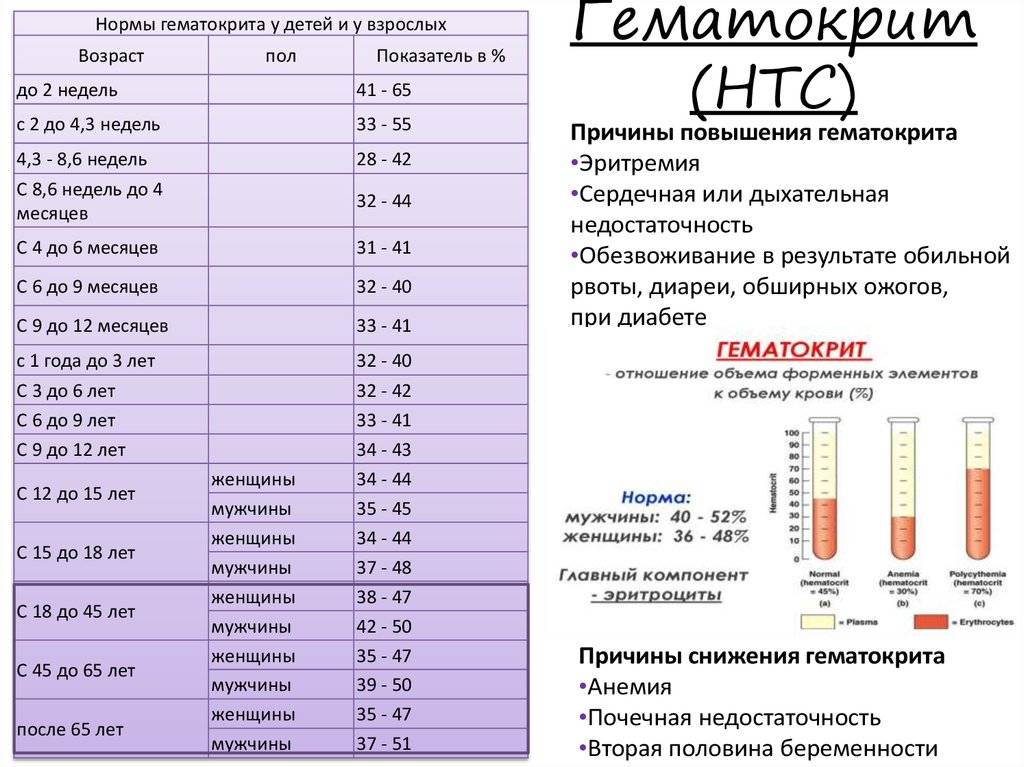 Data are given in units of femtoliters – fm.
Data are given in units of femtoliters – fm.
You can also use the formula to calculate:
MCV fl = Hct % * 10 / RBC T/l
The average red blood cell volume changes throughout life. It allows you to quantify microcytosis or macrocytosis. The value of this indicator can be effectively used in the differential diagnosis of anemia.
It is the average volume rather than the diameter of erythrocytes that is more objective in clinical studies. This is due to the fact that the diameter can vary significantly under the influence of normal physiological factors – time of day, physical activity. In automatic analysis, blood is diluted in an isotonic solution, which has constant physico-chemical parameters, ensuring stability when measuring MCV.
MCV rate is 80 to 100 fl. Volume distribution curves are shown in the graph.
The body itself regulates the number of red blood cells and the level of hemoglobin, ensuring their relative constant ratio.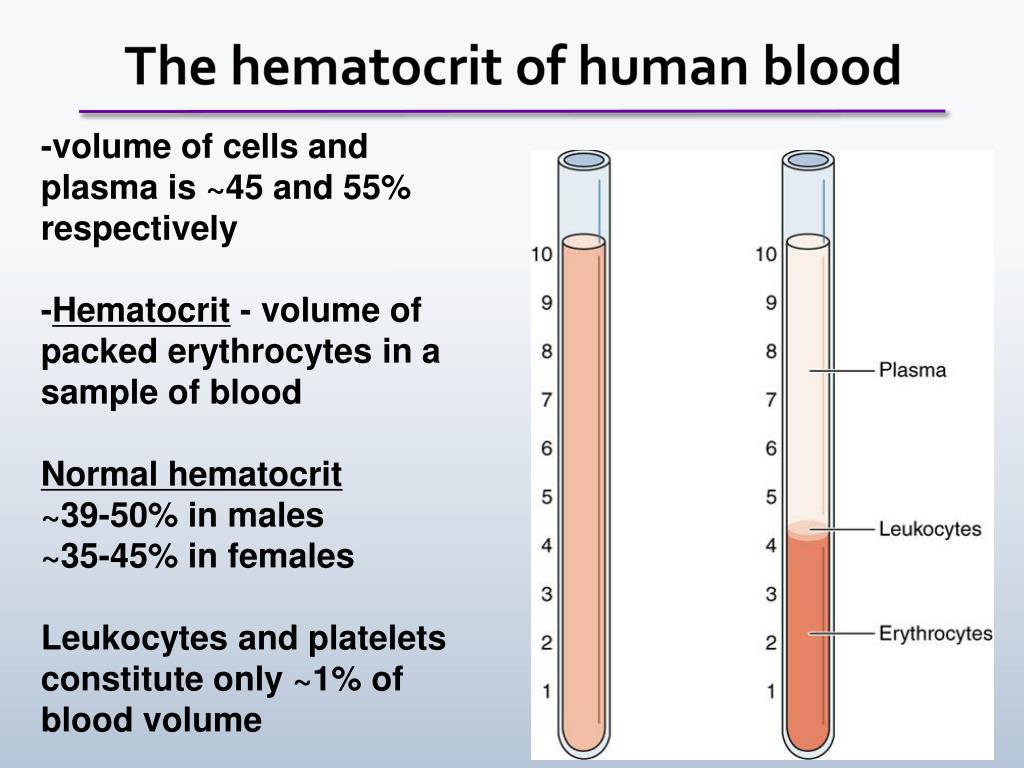 The relationship between the number of red blood cells and their average volume is shown in the graph:
The relationship between the number of red blood cells and their average volume is shown in the graph:
Clinical and diagnostic value:
- Less than 80 fl. Microcytic anemia, or accompanied by microcytosis.
- 80 to 100 vials Normocytic anemia, or accompanied by normocytosis.
- Over 10 vials Macrocytic and megablast anemia, as well as those accompanied by macrocytosis.
RBC anisocytosis RDW
Values in the range of 11.6-14.8% are considered normal.
This parameter characterizes the distribution width of erythrocytes. The function of determining this value is incorporated in most modern models of hematological analyzers. Calculated using the formula:
RDW % = SD / MCV fl * 100%
SD is the standard deviation of red blood cell volume from the mean value.
In a healthy person, the normal value may be 12-14%. There are no conditions that can cause this parameter to decrease. Due to differences in blood processing algorithms, even in different devices, different values of this indicator can be obtained.

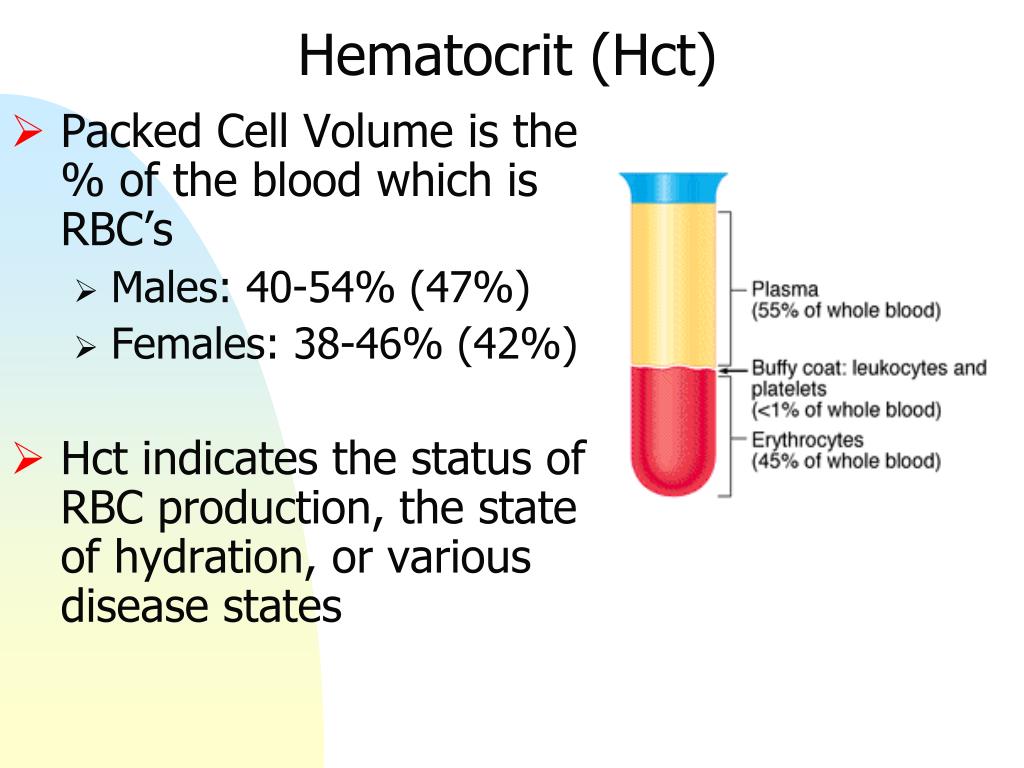 Chronic myeloproliferative disorders. Hematol Am Soc Hematol Educ Program 2003:200-24
Chronic myeloproliferative disorders. Hematol Am Soc Hematol Educ Program 2003:200-24